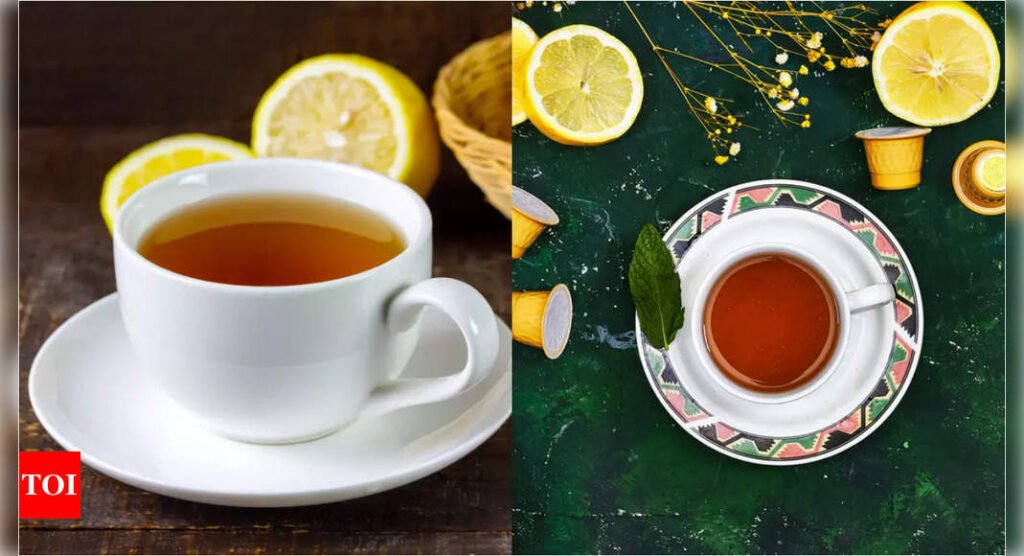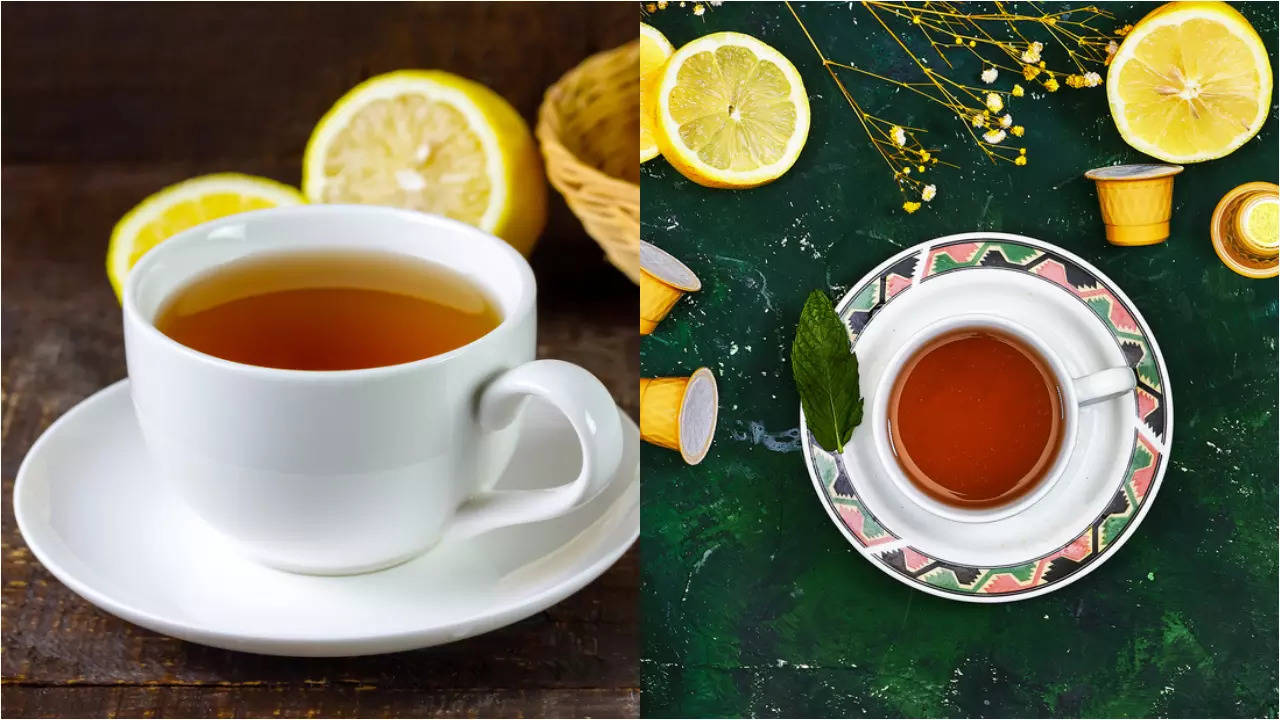8 HEALTHY reasons to drink Chamomile tea
What is Tea?
Tea, an aromatic beverage, is prepared by pouring hot water over the leaves of the Camellia sinensis plant, an evergreen shrub native to Asia but cultivated worldwide.The leaves of this plant produce various types of tea, including green, black, white, oolong, and Pu-erh, each impacting the flavor, aroma, and color of the tea.
What is Tisane?
Tisane, on the other hand, is an herbal infusion made from a blend of fragrant herbs, flowers, fruits, seeds, and spices. The term “tisane” is French, and unlike traditional tea, it can be served both hot and cold. Tisane includes varieties like chamomile, hibiscus, peppermint, and rooibos.
Despite their similarities as beverages, several key differences set tea and tisane apart:
Caffeine Content:
Tea contains varying levels of caffeine, making it a popular choice for those seeking to stay alert. Tisane, however, is caffeine-free, making it ideal for evening or bedtime consumption.
Flavor Profiles: The flavor of tea depends on its brewing time and the type of tea leaves used. Tisane flavors are derived from ingredients like hibiscus, fresh mint, dried berries, and roasted barley, offering a unique and rich flavor experience.
Health Benefits: Tea is recognized for its antioxidants and caffeine, which can enhance physical and mental alertness and boost metabolism. Tisanes, however, offer a broader range of health benefits, focusing on relaxation, wellness, and refreshment without caffeine’s effects.
Cultural Significance: Tea holds significant cultural importance in many societies, is associated with rituals and traditions, and is a daily beverage in many households. Tisane, while less formalized, also carries cultural significance for wellness and rejuvenation.
According to the Tea Association of the United States, tea is the second most consumed beverage in the world after water, with over 3 billion cups consumed daily. Black tea is the most popular variety, followed by green tea and herbal tea. In India, tea consumption is estimated at 1.1 billion kg annually. Tisanes, gaining popularity among health-conscious consumers, showcase a shift towards diverse and health-oriented beverage choices.
The versatility of tisane flavors and preparation methods caters to individual preferences, while traditional tea drinkers often stick to conventional types and brewing techniques. Understanding the differences between tea and tisane enhances appreciation for their diversity. Tea, rooted in the Camellia sinensis plant, offers a wide range of flavors and health benefits, while tisanes provide varied herbal infusions catering to wellness needs. Both play vital roles in global cultures and offer unique attributes for those seeking the perfect beverage blend.
Whether you prefer the comforting effects of tea or the soothing qualities of tisane, exploring both can enrich your beverage experience.
Contributed by: Rudra Chatterjee – Managing Director at Luxmi Group
Source link
Modified by Maaaty at Cheap Generic Pharmacy


